Cougar
- March 5, 2024
- 0 comment
Cougars, also known as mountain lions or pumas, are powerful and elusive predators native to the Americas. These majestic cats are characterized by their muscular build, tawny fur, and keen senses, making them formidable hunters in their natural habitats. With a wide range that once spanned from northern Canada to the southern tip of South America, cougars are adaptable creatures found in diverse ecosystems, including forests, mountains, and deserts.
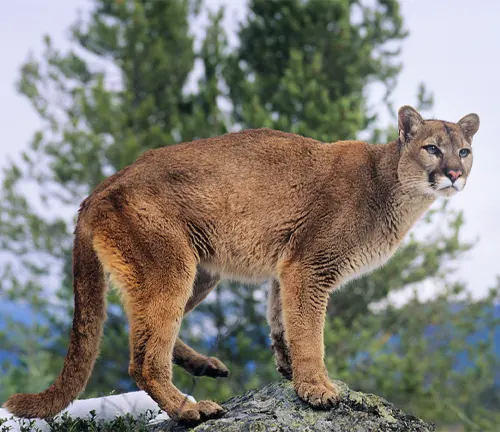
Solitary by nature, cougars are expert stalkers, relying on stealth and patience to ambush their prey, which primarily consists of deer, elk, and smaller mammals. Despite their strength and agility, cougars face threats from habitat loss, fragmentation, and human encroachment, leading to conflicts with humans and declines in population numbers in some areas. Nevertheless, efforts to conserve cougars and their habitats are ongoing, aiming to ensure the continued existence of these iconic predators for future generations to admire and appreciate.
| Specification | Details |
|---|---|
| Scientific Name | Puma concolor |
| Common Names | Cougar, mountain lion, puma |
| Size | Length: 6 to 9 feet (including tail) |
| Height: 2 to 3 feet at the shoulder | |
| Weight | 100 to 220 pounds for males |
| 64 to 141 pounds for females | |
| Color | Tawny or reddish-brown fur with lighter underparts |
| Habitat | Various habitats including forests, mountains, and deserts |
| Range | Formerly throughout North and South America, now primarily in remote wilderness areas |
| Diet | Mainly deer, elk, and smaller mammals |
| Behavior | Solitary and territorial, primarily nocturnal hunters |
| Stealthy stalkers, capable of leaping long distances to ambush prey | |
| Reproduction | Mating throughout the year, gestation period of approximately 90 days |
| Litters of 1 to 6 cubs, dependent on the mother for the first year of life | |
| Threats | Habitat loss, fragmentation, human encroachment, poaching, and conflicts with humans |
| Conservation Status | Varies by region, with some populations listed as endangered or threatened |
| Conservation Efforts | Habitat preservation, wildlife corridors, and measures to mitigate human-cougar conflicts |
| Cultural Significance | Revered in indigenous cultures as symbols of power and wisdom |
| Depicted in myths, legends, and art across various cultures | |
| Represented in literature, films, and other forms of popular culture as iconic predators |
Cougars, scientifically known as Puma concolor, are majestic creatures often associated with strength, agility, and mystery. But what exactly is a cougar? The term “cougar” typically refers to a large felid species native to the Americas. Originating from the Tupi language of Brazil, the name “cougar” became widely adopted in English-speaking regions to describe this impressive big cat.
Characteristics of Cougars



- Physical Appearance: Cougars, also known as mountain lions or pumas, have a sleek and muscular body with a tawny or reddish-brown fur coat. They typically have lighter underparts and may have black markings on their faces, ears, and tails.
- Size: Adult cougars can measure between 6 to 9 feet in length from nose to tail tip. They stand at a height of 2 to 3 feet at the shoulder. Males are generally larger and heavier than females, with weights ranging from 100 to 220 pounds, while females typically weigh between 64 to 141 pounds.
- Adaptations for Hunting: Cougars are equipped with powerful legs and retractable claws that aid in climbing trees and capturing prey. Their keen senses of sight, smell, and hearing make them efficient hunters, capable of stalking and ambushing their prey with precision.
- Agility and Speed: Cougars are renowned for their agility and speed. They can leap distances of up to 30 feet horizontally and 15 feet vertically, allowing them to navigate through rugged terrain and ambush their prey with ease. They can reach speeds of up to 40 to 50 miles per hour in short bursts.
- Solitary Behavior: Cougars are solitary animals, except during mating season or when a female is raising her cubs. They establish large home ranges that they defend against intruders of the same species, using scent marking and vocalizations to communicate territorial boundaries.
- Territoriality: Cougars are territorial animals and maintain exclusive territories to ensure access to food, water, and shelter. Male cougars typically have larger home ranges than females, with overlapping territories that they mark with urine, feces, and scratch marks.
- Nocturnal Activity: Cougars are primarily nocturnal hunters, meaning they are most active during the night. They spend their days resting in secluded areas such as caves, thickets, or dense vegetation, avoiding the heat of the day and conserving energy for hunting.
- Communication: Cougars communicate through a variety of vocalizations, including growls, hisses, purrs, and screams. These vocalizations serve various purposes, such as mate attraction, territory defense, warning signals, and communication between mothers and cubs.
- Reproduction: Cougars reach sexual maturity at around 2 to 3 years of age. Mating typically occurs throughout the year, with females giving birth to a litter of one to six cubs after a gestation period of approximately 90 days. The female raises the cubs alone, teaching them essential hunting and survival skills before they become independent.
- Longevity: In the wild, cougars have an average lifespan of around 8 to 13 years, although some individuals may live longer under optimal conditions. Factors such as predation, disease, and human-related mortality can influence cougar longevity.
Habitat and Range
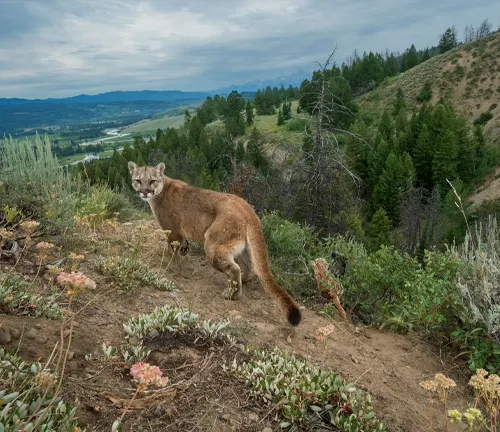

Cougars, also known as mountain lions or pumas, inhabit a wide range of habitats across the Americas. They are highly adaptable predators capable of thriving in diverse environments, from dense forests to arid deserts. Cougars can be found in North America, Central America, and South America, with their historical range extending from northern Canada to the southern tip of South America.
In North America, cougars are commonly found in mountainous regions, including the Rocky Mountains, Sierra Nevada, and Cascade Range. They also inhabit forests, grasslands, and scrublands, as well as coastal areas. In Central America, cougars are present in countries such as Mexico, Costa Rica, and Nicaragua, where they inhabit tropical forests and rugged terrain.
In South America, cougars are found in a variety of habitats, including the Andes Mountains, Amazon rainforest, and Patagonian steppe. They have adapted to thrive in diverse ecosystems, from dense jungle to open grasslands, preying on a variety of animals such as deer, guanacos, and capybaras.
Cougars prefer habitats with ample cover and access to prey, such as deer, elk, and small mammals. They establish home ranges that vary in size depending on factors such as food availability and terrain ruggedness. Cougars are known to travel long distances in search of food and mates, with male cougars having larger home ranges than females.
Diet and Hunting Behavior
Cougars are carnivorous predators with a diverse diet that includes a wide range of prey species. Their hunting behavior is characterized by stealth, patience, and precise ambush techniques.
Prey Selection
Cougars are opportunistic hunters and will prey on whatever is available in their habitat. Their primary prey includes deer, elk, and other ungulates, but they also target smaller mammals such as raccoons, rabbits, and rodents. Cougars may also hunt livestock in areas where human development encroaches upon their habitat.
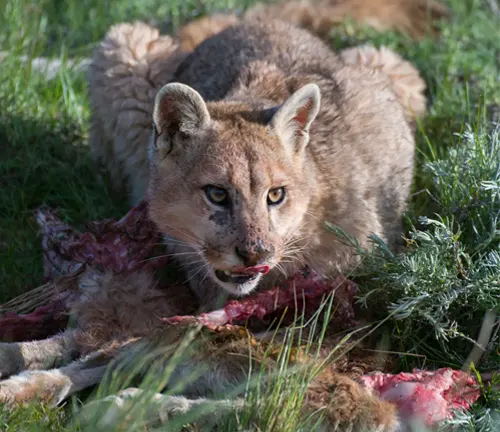
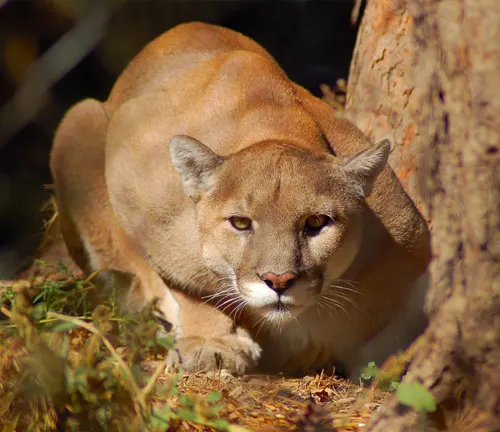
Hunting Strategies
Cougars are solitary hunters and typically hunt alone, although mothers may teach their offspring hunting techniques. They rely on their keen senses of sight, smell, and hearing to locate prey. Cougars are known for their stealthy stalking behavior, using cover and terrain features to approach their prey undetected.
When the time is right, cougars launch a swift and powerful ambush, leaping from concealment to deliver a fatal bite to the neck or throat of their prey. They use their retractable claws to grasp and hold onto their prey, preventing escape. Cougars are capable of taking down prey much larger than themselves, thanks to their strength, agility, and hunting prowess.
After making a kill, cougars may drag the carcass to a secluded location to feed, covering it with leaves or debris to conceal it from scavengers. They may also cache excess food for later consumption, returning to feed over several days.
Cougars typically consume their prey quickly, starting with the most nutritious parts such as the organs and muscle tissue. They may leave behind the less desirable parts of the carcass, such as the hide and bones, which are scavenged by other animals.
Reproduction and Lifecycle
Cougars, like many other mammals, reproduce through sexual reproduction, with males and females coming together to mate and produce offspring. Here is an overview of the reproduction and lifecycle of cougars:
Mating Rituals
Cougars do not have a specific mating season, and mating can occur throughout the year. During mating season, male cougars may travel long distances in search of receptive females, with competition between males for access to females.
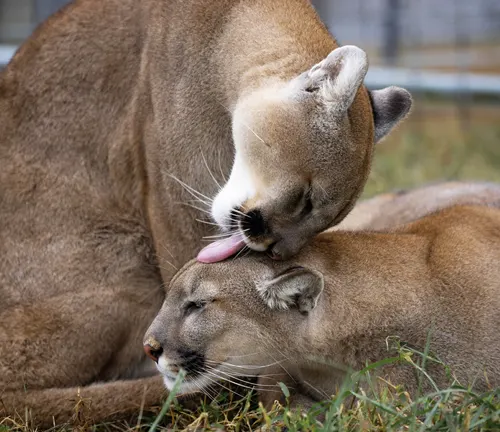
Courtship and Mating
When a male cougar finds a receptive female, courtship rituals may occur, involving vocalizations, scent marking, and physical displays. Once a pair mates, they may remain together for a brief period before parting ways.
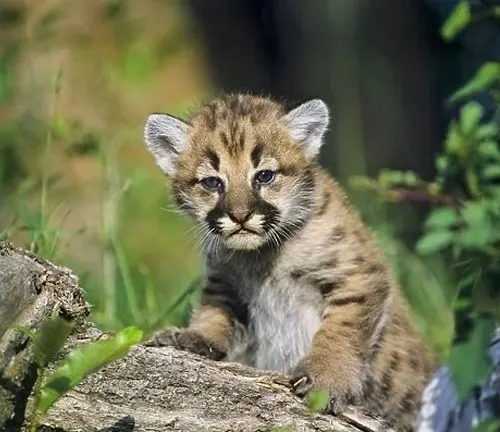
Gestation and Birth
After mating, female cougars undergo a gestation period of approximately 90 to 96 days, during which the fertilized eggs develop into embryos. Females give birth to a litter of one to six kittens, although the average litter size is typically two to three kittens.
Rearing of Cubs
Female cougars raise their offspring alone, without the assistance of the male. Cougar kittens, also known as cubs or kits, are born blind and helpless, relying on their mother for warmth, protection, and nourishment. The mother nurses her cubs for several months, providing them with milk rich in nutrients to support their growth and development.

Learning to Hunt
As the cubs grow older, they begin to explore their surroundings and develop their hunting skills under the watchful eye of their mother. She teaches them how to stalk, pounce, and kill prey, gradually introducing them to solid food as they become more independent.
Dispersal and Independence
By the age of six to eight months, cougar cubs begin to accompany their mother on hunting expeditions and learn essential survival skills. Around this time, they also start to venture out on their own, gradually becoming independent from their mother.
Maturation and Reproduction
Cougar cubs reach sexual maturity at around one and a half to two years of age, at which point they leave their mother’s territory to establish their own home ranges. Female cougars may start reproducing as early as two to three years old, while males may not reach reproductive maturity until they are three to four years old.
Life Expectancy
In the wild, cougars have an average lifespan of around eight to thirteen years, although some individuals may live longer under optimal conditions. Factors such as predation, disease, and human-related mortality can influence cougar longevity.
Threats and Conservation Status
Cougars, like many other apex predators, face a variety of threats to their survival, primarily due to human activities and habitat loss. Here are some of the main threats to cougars and their conservation status:
Habitat Loss and Fragmentation
One of the most significant threats to cougar populations is habitat loss and fragmentation. Human development, including urbanization, agriculture, and infrastructure projects, encroaches upon cougar habitat, leading to habitat destruction and fragmentation. As a result, cougar populations become isolated and are more vulnerable to genetic decline and extinction.

Human-Cougar Conflicts
As human populations expand into cougar habitat, conflicts between humans and cougars increase. Cougars may prey on livestock or pets, leading to retaliatory killings by ranchers and landowners. In areas where cougars come into close contact with humans, such as suburban neighborhoods or recreational areas, conflicts may arise, posing risks to both humans and cougars.
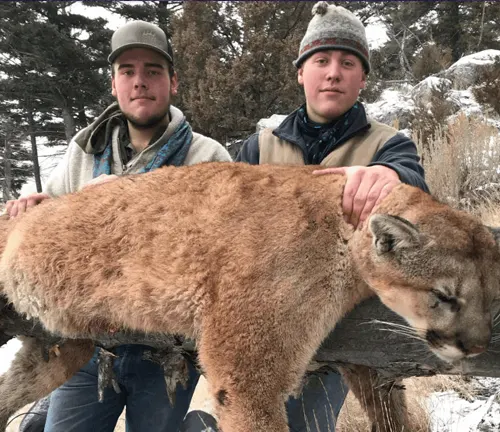
Poaching and Illegal Killing
Poaching and illegal killing of cougars for their fur, body parts, or perceived threats to human safety continue to pose a threat to cougar populations. Despite legal protections in many jurisdictions, illegal hunting and trapping of cougars persist, leading to declines in population numbers and genetic diversity.
Road Mortality
Cougars are vulnerable to vehicle collisions, especially in areas where roads intersect their habitat. Collisions with vehicles can result in injuries or fatalities for cougars, further impacting population dynamics and genetic connectivity.
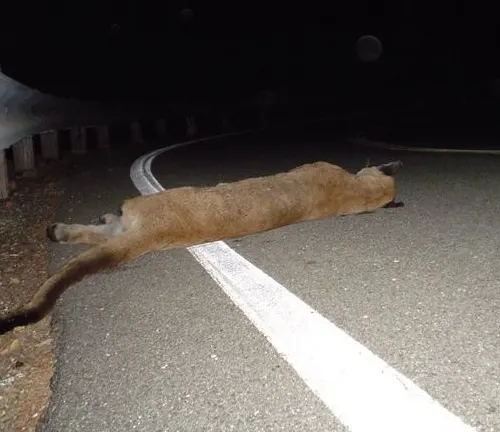
Conservation Status
The conservation status of cougars varies by region and subspecies. In some areas, cougars are classified as species of least concern, meaning they are not considered at immediate risk of extinction. However, in other regions, such as parts of Central and South America, certain cougar populations are listed as endangered or threatened due to habitat loss, poaching, and other threats.
Conservation Efforts
Conservation efforts aimed at protecting cougar populations and their habitats include habitat preservation, establishment of wildlife corridors, and implementation of measures to mitigate human-cougar conflicts. Conservation organizations, government agencies, and local communities work together to monitor cougar populations, conduct research, and implement conservation strategies to ensure the long-term survival of these iconic predators.
Different Spieces
Eastern Cougar
(Puma concolor cougar)
Historically found in eastern North America, from southeastern Canada to the southeastern United States. However, the eastern cougar was declared extinct by the U.S. Fish and Wildlife Service in 2018 due to no confirmed sightings for over 80 years.
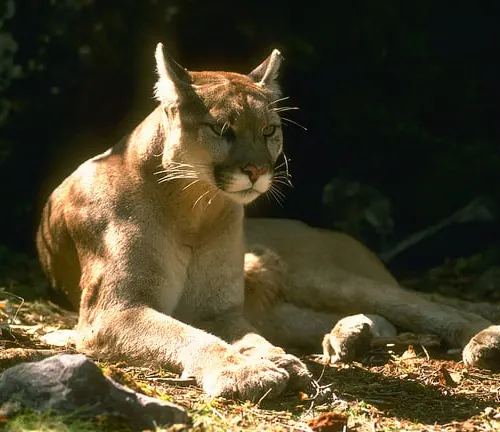
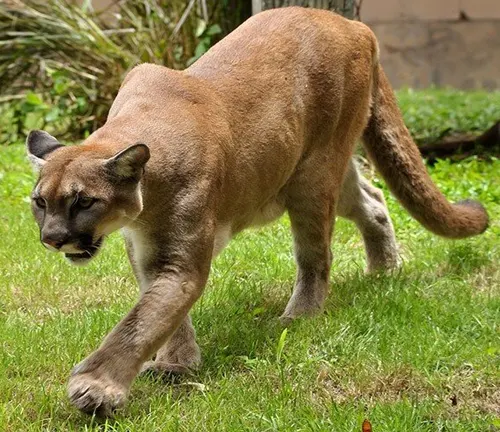
Florida Panther
(Puma concolor coryi)
A subspecies of cougar found in the forests and swamps of southern Florida. The Florida panther is listed as endangered, with only a small population remaining in the wild.
Northern Cougar
(Puma concolor couguar)
Inhabits western North America, ranging from western Canada to the western United States, including the Rocky Mountains and Pacific Northwest.
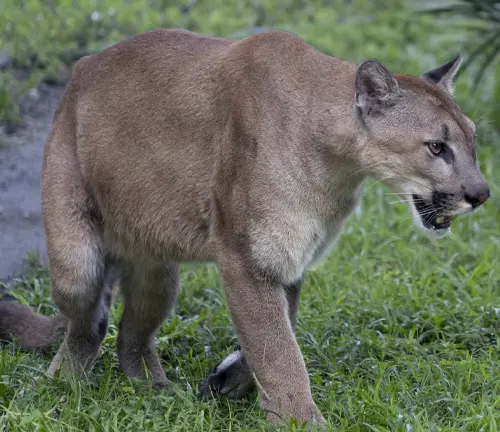

Southern Cougar
(Puma concolor anthonyi)
Found in South America, including countries such as Argentina, Chile, and Brazil. This subspecies is also known as the Chilean puma.
Central American Cougar
(Puma concolor costaricensis)
Inhabits Central America, including countries such as Costa Rica, Nicaragua, and Honduras.

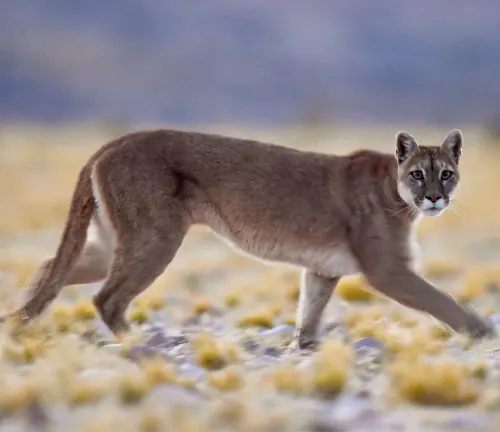
Andean Cougar
(Puma concolor puma)
Found in the Andes Mountains of South America, including countries such as Colombia, Ecuador, Peru, and Bolivia.
Eastern Andean Cougar
(Puma concolor cougar)
Another subspecies found in the Andes Mountains, but in the eastern part of South America, including Venezuela and Guyana.
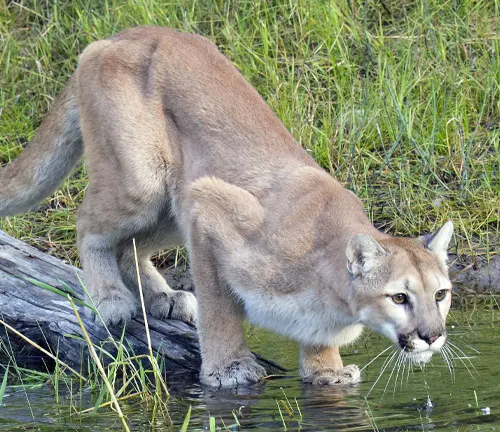
Frequently Asked Question (FAQs)
- How many cougars are left in the wild?
Estimating the exact number of cougars in the wild is challenging due to their elusive nature and wide distribution. Population estimates vary by region, but conservation efforts aim to monitor and protect cougar populations to ensure their long-term survival. - Do cougars live in groups or packs?
Cougars are solitary animals and do not typically live in groups or packs like some other carnivores. However, they may tolerate the presence of other cougars within their home range, especially during mating season or when sharing territory boundaries. - What are the signs of cougar presence in an area?
Signs of cougar presence include tracks, scat, scratch marks on trees, and prey remains. Cougars often use scent marking to communicate with other individuals and establish territory boundaries. Wildlife cameras and tracking studies also help researchers detect cougar activity in an area. - Can cougars climb trees?
Yes, cougars are skilled climbers and can ascend trees with ease. Climbing trees allows them to escape from predators, stalk prey from a higher vantage point, or seek refuge while resting. Cougars may also cache prey in trees to prevent scavengers from stealing their kills. - How fast can cougars run?
Cougars are incredibly fast and agile runners, capable of reaching speeds of up to 40 to 50 miles per hour in short bursts. Their powerful hind legs and flexible spines enable them to leap great distances and navigate rugged terrain with ease, making them highly efficient hunters. - What are the main threats to cougar populations?
The main threats to cougar populations include habitat loss and fragmentation due to human development, poaching, retaliatory killing in response to livestock predation, and vehicle collisions. These factors can fragment cougar populations, disrupt dispersal patterns, and reduce genetic diversity. - How long do cougars live in the wild?
In the wild, cougars typically live for around 8 to 13 years on average, although some individuals may live longer in optimal conditions. Factors such as predation, disease, habitat quality, and human-related mortality can influence cougar lifespan. - Are cougars endangered?
While cougars are not currently listed as endangered species globally, some regional populations may be at risk due to habitat loss, poaching, and other threats. Conservation efforts focus on protecting cougar habitats, mitigating human-cougar conflicts, and monitoring population trends to prevent declines. - Do cougars have predators?
Adult cougars have few natural predators due to their large size and formidable hunting skills. However, younger cougars, known as cubs or subadults, may be vulnerable to predation by other large carnivores such as bears and wolves. - Can cougars be kept as pets?
Keeping cougars as pets is illegal in many jurisdictions due to their wild nature and potential danger to humans. Cougars require specialized care, large enclosures, and a diet that replicates their natural hunting behavior, making them unsuitable as pets for most people.





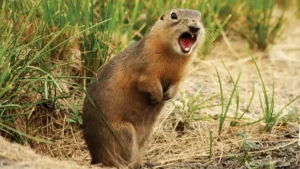
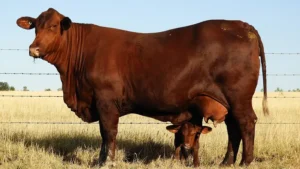



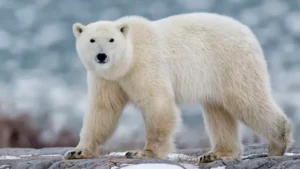


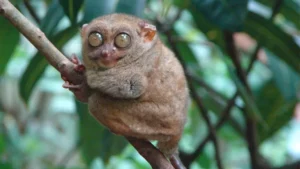
Leave your comment